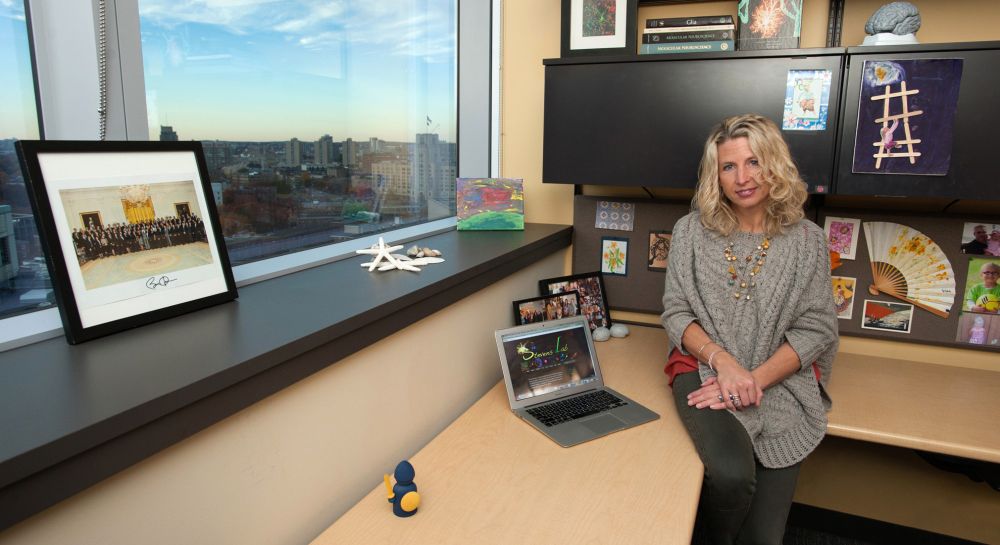
@elinork.bsky.social
karlssonlab.org/about/people...
@elinork.bsky.social
karlssonlab.org/about/people...
(gift link)

(gift link)

careerspub.universityofcalifornia.edu/psc/ucdavis/...
careerspub.universityofcalifornia.edu/psc/ucdavis/...
Ok, maybe just one more. So much fun working with @elinork.bsky.social, Kathryn and Robin. www.pnas.org/doi/full/10....
Ok, maybe just one more. So much fun working with @elinork.bsky.social, Kathryn and Robin. www.pnas.org/doi/full/10....
Ok, maybe just one more. So much fun working with @elinork.bsky.social, Kathryn and Robin. www.pnas.org/doi/full/10....

We all have similar stories to share
@bethstevenslab.bsky.social, NIH-supported investigator of Alzheimer’s and other disorders, explains how one discovery can lead to another.
news.harvard.edu/gazette/stor...

We all have similar stories to share
On April 1st, the three of us were laid off from our dream jobs as science communicators for the federal government.
But science communication is still alive and thriving. It’s just growing underground.
Follow us for more updates to come!

On April 1st, the three of us were laid off from our dream jobs as science communicators for the federal government.
But science communication is still alive and thriving. It’s just growing underground.
Follow us for more updates to come!

The Darwin’s Cats database will accelerate research and scientific breakthroughs. #cats #CatGenetics @elinork.bsky.social


The Darwin’s Cats database will accelerate research and scientific breakthroughs. #cats #CatGenetics @elinork.bsky.social










![Comparative chromosome mapping between the mountain zebra (Hartmann’s mountain zebra subspecies; Equus zebra hartmannae [EZH]) and domestic horse (E. caballus [ECA]). Mountain zebra chromosomes are shown on the left in each homologous pair while horse chromosomes are shown on the right.](https://cdn.bsky.app/img/feed_thumbnail/plain/did:plc:b6oxx2ptij2znhzrcxtuczrr/bafkreid4l37wah2uyv6i37m2kihto3dokwd56nduawytsnzturvdbsmghe@jpeg)


